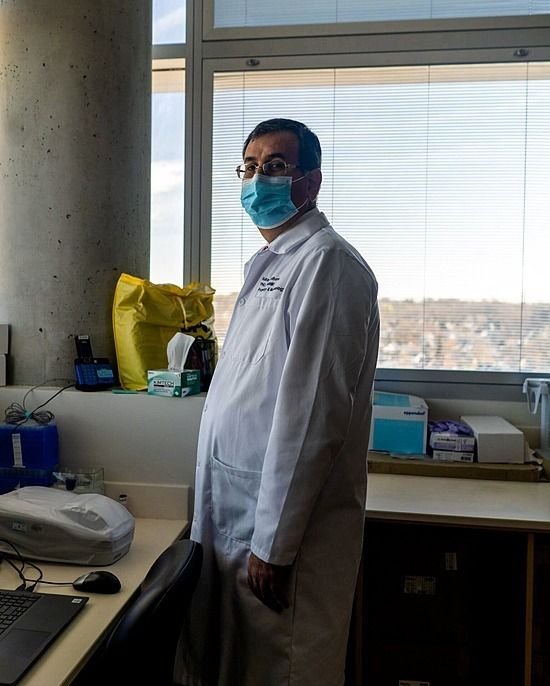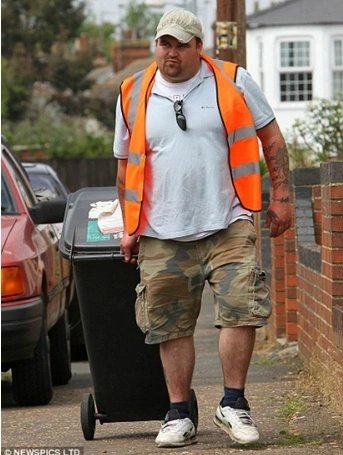
This is the daily mission of Nebraska Public Health Laboratory researchers to determine whether any patients are infected with the new variant.
On November 3, Nebraska announced its first 6 cases of mutated infection.
On November 3, South African scientists said the variant appeared to spread twice as fast as Delta, which is the most contagious version of the virus.
In the US, the hunt for mutations began last week, when South Africa announced the virus had many worrying mutations.
At laboratories in Nebraska – a state with a high patient rate, scientists accelerated the screening of samples from international travelers, to see whether Omicron had entered the territory or not.
According to Peter Iwen, director of the Nebraska Public Health Laboratory, before the local case was discovered, `the scientific concern was how the epidemic would change if Omicron swept through.`
`Will we see a wave of infections? Or will the virus prevail in one place and weaken in another,` Mr. Iwen said.
When South Africa issued a warning about Omicron, American scientists spent the weekend looking for clues about it, to see if the virus was silently spreading or not.
According to scientists, knowing the location and scale of circulation of Omicron is the best way to understand and respond appropriately to the virus.
Dr. Baha Abdalhamid, assistant director of the Nebraska Public Health Laboratory.
To date, actual data is limited.
It all makes the work behind the doors of the Nebraska Public Health Laboratory even more stressful.
Experts focus on the highest-risk cases: people who have traveled through epidemic areas, children or tourists.
`If in a group of 10, 15 or 20 people, one person is infected with the Omicron strain, will the others be infected? If they are infected with the Omicron strain, how are these patients related to each other? Did they get it from the same person?
Based on that information, officials can make reasonable public health regulations.
`It’s surprising that we can do that, because before we only knew how to ask questions. Scientists have helped us a lot in the process of giving targeted direction and efforts to prevent the epidemic.`
Earlier this year, American experts published thousands of virus samples every week, far surpassing other countries in their ability to identify and respond to mutations.
Over the past few months, nearly all of the viruses at the lab have been Delta, the variant that dominated in the south during the summer, causing dramatic outbreaks in the Midwest and Northeast.
In recent days, as news of the Omicron mutation spread, Dr. Michelmore said his lab has repurposed a program to collect and test samples from the community.
Omicron appeared at a time when the country’s fight against the epidemic was quite unstable.
Medical teams were dispatched to hospitals in Minnesota and Michigan.
To date, Omicron has not caused serious consequences, causing countries to blockade or greatly affecting the life of the community.
Omicron first appeared in Botswana on November 11, then was discovered and announced by South Africa on November 24, when the number of infections in the country increased exponentially in just a few weeks.
The scientific community has many mixed opinions about Omicron.
Regarding transmission speed, experts almost agree that Omicron spreads faster than previous strains.






